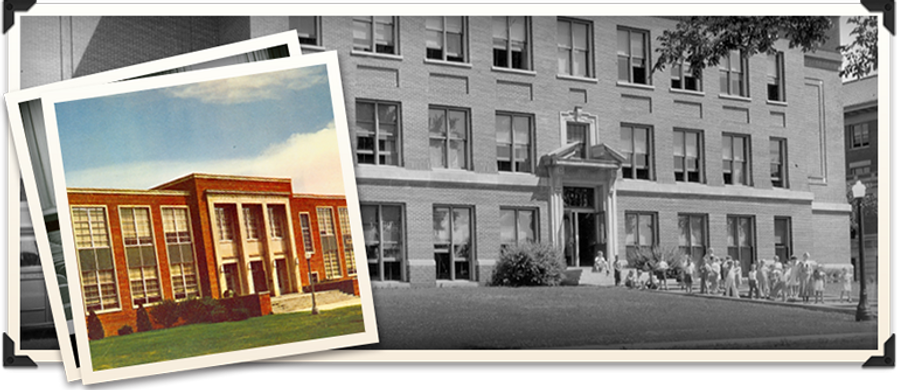

JODY STONE

JODY HINES STONE
Harold Wengert left the Lab School in 1978 and Jody Hines [later] Stone was hired to continue building the chemistry program. Chemistry was still offered in the sophomore year and was still packet-based; however, collaborating with James Kelly, Hines added more structure to the self-pacing philosophy. Thus the SPICE (Structured Pacing in Chemistry Education) superseded PACE (Personalized Adventures in Chemistry). Al Orr and Paul Rider, respectively from UNI’s Biology and Chemistry Departments, collaborated in the design and field-testing of the modules. Structured Pacing in Chemistry Education became the program of choice in many Iowa schools. In 2018, it is still being sold by Kendall-Hunt publishing and Stone is currently revising it for a new edition.
Dr. Stone also created the CRISTAL (Chemistry Resources & Instructional Strategies for Teaching All Learners) project, which included in-service teacher training. In 1987, she was named the Outstanding Teacher in UNI’s College of Education for her work with both Lab School students and with student teachers. In 1990, she published an article in Education Digest on “Preparing Teachers as Environmental Educators.”
Stone became chair of the Lab School Science Department when Cooney moved up the hill in 1990. In 1991 and 1993, she received Eisenhower Grants from the U.S. Department of Education for workshops for science and math teachers. She taught the creation of “science learning centers” in the classroom to allow teachers to move away from lectures and to get the students more involved.
In 1994, Stone teamed with Tim Cooney on a project through the newly formed Iowa Energy Center to develop energy education curriculum for Iowa middle schools. She then added workshops and curricular programs for the elementary grades.
In 1999, in an invited article for The Science Teacher, Stone described “Home Connections,” a new feature she had added to her chemistry class. “This vehicle encourages students to apply ideas covered in class to things they observe at home,” Stone explained. “When parents or siblings observe students carrying out science investigations at home, it raises the interest level of everyone involved.” Stone describes explorations of solubility and of acids and bases using eggs, ice cream, and jello. Stone moved from the home to the wider community with her 2007 article “Accomplishing Multiple Goals through Community Connections: Students Conduct Radon Testing in Area Homes to Investigate Air Quality.” Here the students learned science while aiding the community and state. (Iowa at that time had the highest radon levels in the nation.)
Stone’s books include S.P.I.C.E Chemistry: Structural Pacing in Chemistry Education and the co-authored Using Action Research to Improve Instruction: An Interactive Guide for Teachers (2009). That year Stone and colleague Dr. Lyn Countryman worked on a project-based and problem-based K-12 program through the Iowa Math and Science Education Partnership. In 2011, Stone followed Christensen and Countryman as the Lab School’s third recipient of the Presidential Award for Excellence in Science and Mathematics Teaching.

